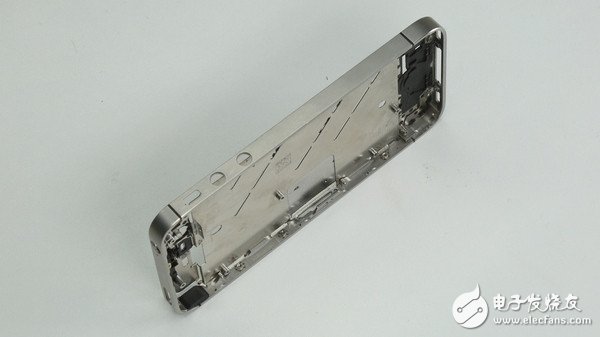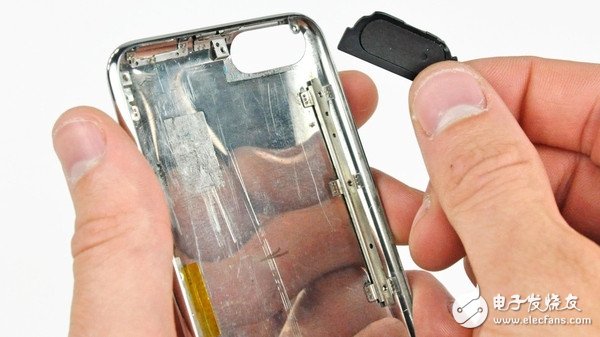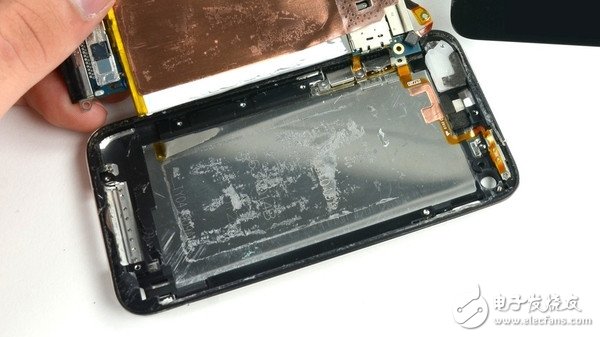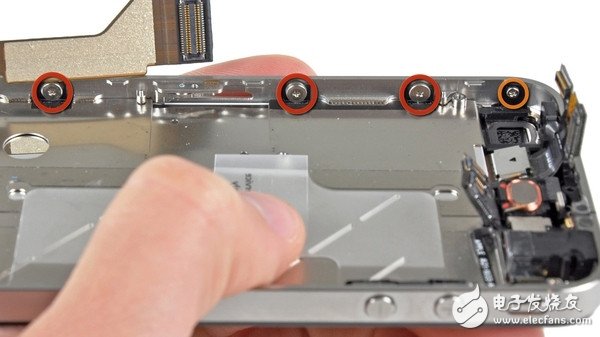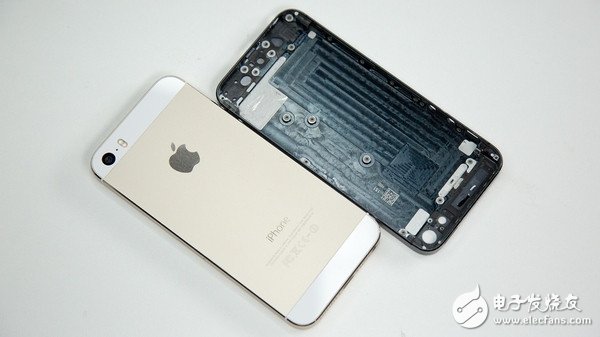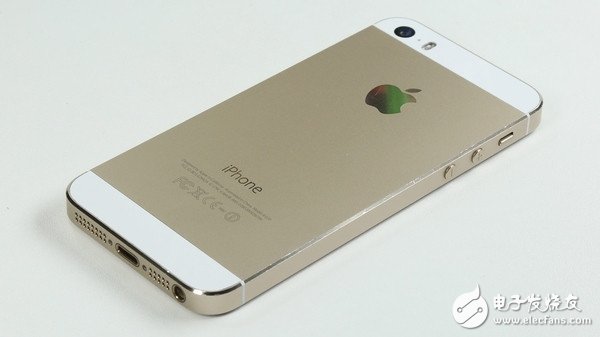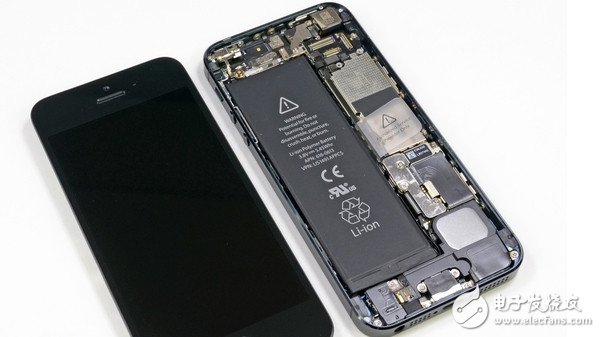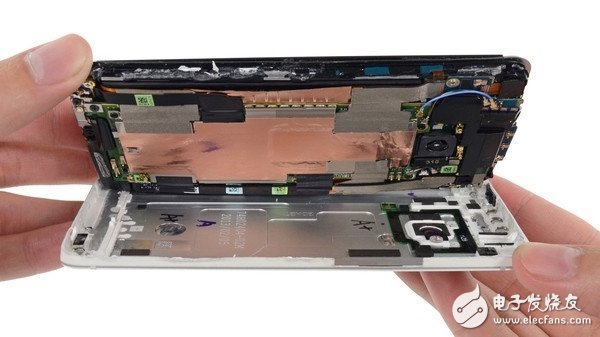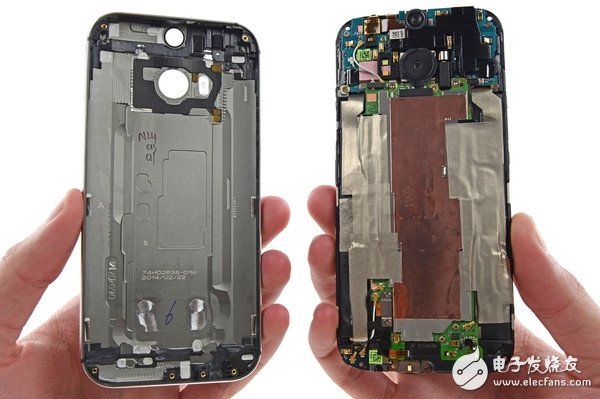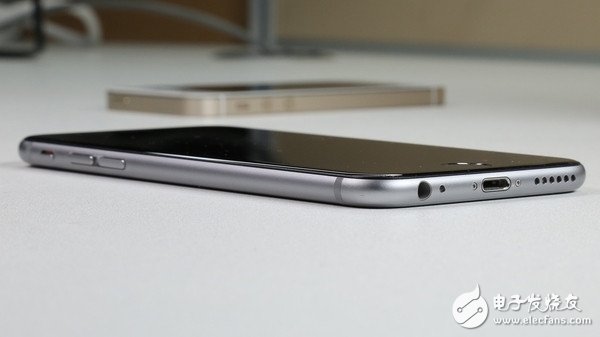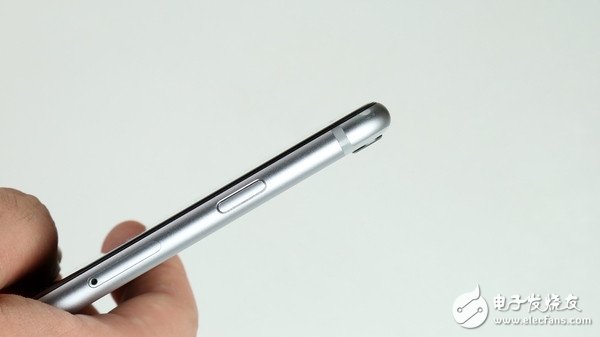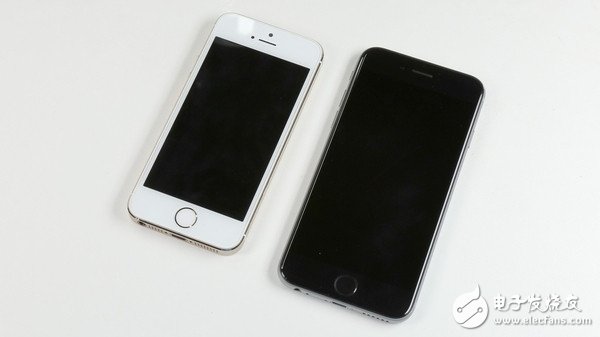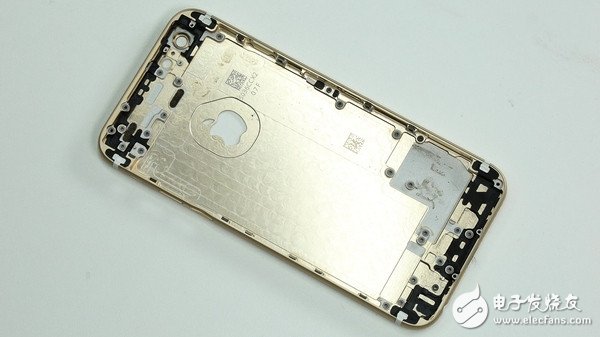The iPhone has become the best smartphone in the world not only because of its innovation in interaction, but also because Apple is constantly using new designs and processes to build the iPhone. As a world-class industrial design company and an iPhone that has undergone multiple generations of updates, what changes have been made to each generation? Let Xiaobian take you to understand the design and manufacturing process of the iPhone. The original intention of writing this text is to know how to improve the iPhone 4, 4S, 5, 5s and 6 along the way. What level is it at the same time? - Apple Inc. Here are some of my thoughts on the design and manufacturing process of these phones. These five models are summarized in three appearances: iPhone4 sandwich sandwich design. The iPhone5's three-stage aluminum alloy is molded in one piece. The all-metal integrated design of the iPhone6. Looking back now, the design of these three generations of mobile phones has almost led the wave of global mobile phone design. Whether it is material, design or manufacturing process, some even have a look based on the gourd. First of all, iPhone 4, for the stunning shock of the iPhone, the first time is the iPhone in 2007, the original smartphone can do this; the second is the release of the iPhone 4, the original smart phone can be so beautiful. A notable feature of the iPhone 4 is the use of a CNC stainless steel frame with front and rear glass, giving the machine a tough, sturdy and simple beauty. Although the first generation iPhone and the latter two generations use stainless steel as the border, the difference is that the stainless steel frame of the iPhone 4 is the core and skeleton of the entire mobile phone structure. The screen, battery motherboard and other accessories are fixed on the skeleton, in order to achieve The basis of ID and structural design. Before talking about the manufacturing process of this iPhone 4, let's trace its brother product Touch series. Apple's integration of products has reached the point of deep bone marrow. On the Touch 3, a stainless steel back cover made of die-casting is used. Since there is no cellular network requirement on the Touch, it can achieve a more complete integration. From the inside, the process of this back cover is not as complicated as the iPhone 4. First of all, it is a method of die-casting a steel plate into a back cover. A single stainless steel small component is used in the construction of parts such as an internal fixed motherboard, and then connected to the back cover by laser spot welding. At the same time as the iPhone 4, the Touch 4 is still a piece of stainless steel die-casting. It is also different from injection molding to achieve complex internal structures. But on the iPhone, Apple's requirements are obviously higher than the Touch, and it has to take into account the signal problem, and it is not as easy to handle as Touch. The difficulty of manufacturing the stainless steel frame of the iPhone 4, whether it is its structural complexity or processing accuracy, still seems to be the top level, no transcendence. In the internal structure of the stainless steel frame, it is not realized by spot welding like the Touch series, but the CNC cuts the shape directly on the frame, and the process complexity can be imagined. For example, the red boxes in the picture above are marked, and the two small boxes above, the CNC barbs, are used to catch the glass on the back of the phone. The middle one is a threaded column. First, a circular groove is made on the frame on the frame, and then laser spot welding is used. This stud is to fix the screen. The lower red strip frame is a laser welded joint of the middle stainless steel piece. The far right is the antenna cut-off injection molding. Now it seems that the street is full of such injection molding strips. This is the first creation of Apple. The injection molding material is a very strong engineering plastic. The frame is cut and connected by this injection molding material. Can guarantee the signal. Therefore, the metal-framed mobile phone that is now full of streets must thank Apple for its exploration in materials science, rather than arrogant at the press conference that my injection molding is better than you. The structural strength of the iPhone 4 is very high. The stainless steel material is inherently strong. Then the front panel is fixed to the stainless steel frame by screws. The glass back cover is stuck on the stainless steel frame by the buckle. The main board is also attached to the stainless steel piece in the middle. You are The iPhone 4 rarely sees plastic parts and glued areas. The iPhone 4 has a huge impact on the subsequent mobile phone market, so that consumers have an aesthetic inertia, as long as the front and rear glass, the middle border of the phone, feel good. In the end, you have done it bigger than it, you have done it lighter than it, you have done it thinner than it, but no one has ever achieved its level of craftsmanship and structure. Apple's ID and structural design, it is not difficult to find that it follows the simplicity, unity, integrity, sturdiness and elegance. The iPhone 4 sandwich design includes four large components: front panel, stainless steel frame, stainless steel sheet, and glass back cover. Obviously, this is not Apple's ultimate pursuit. After two years, Apple brought the iPhone 5. I also watched the press conference that night, and I also spoke of Apple's lack of innovation. This is not a flat-panel iPhone 4. After two years, you can do this. When I gradually came into contact with the iPhone 5/S, the split was also demolished, only to find that this is by far the most exquisite iPhone, no one. In terms of manufacturing process, what progress has been made compared to the iPhone 4? The biggest improvement is that Apple finally applied Unibody technology to mobile phones, and the phone case is fully CNC machined. In mobile phone manufacturing, this should be the first time. Apple’s bullying is that it doesn’t have to look at other mobile phones. What technology is used? It has been exploring new technologies on mobile phones. These processes are not suddenly popping out. Apple can be implemented according to design needs regardless of cost, which is why Apple has always been the leader. At first glance, the appearance continued with a style of 4, but the structure and craftsmanship completely changed. Unibody made the machine directly into two parts: the screen and the outer casing. A little more detail is the three-stage back, the upper and lower parts are ceramic glass. This is in line with Apple's pursuit of minimalist style, while Unibody can make the machine thinner, but it also puts more demands on the internal structure of the fuselage, and the signal problem is more difficult to deal with. The appearance is finer than the 4, which is reflected in the ubiquitous highlight chamfer: chamfering the top and bottom of the frame, button highlights, bottom speaker hole chamfering, stainless steel earphones and lightning interface chamfering, even the bottom The two high-gloss highlights of the screws are not missed, all of which are achieved by CNC engraving. The back LOGO and iPhone words are specially anodized, plus the glass at the upper and lower ends, combined with the high precision requirements of the apple, so no matter which angle you look at this phone, it reveals a delicate atmosphere. Speaking of the manufacturing process, Unibody's design will inevitably cost expensive CNC processing costs, and production capacity will be difficult to upgrade. It is necessary to purchase more machine tools from the foundry. In this regard, Apple even buys machines for foundries to support each other's own capacity needs. Sometimes, in order to meet the requirements, suppliers are directly acquired. Unlike the stainless steel frame of 4, the whole of the 5 is spread around the back cover of the Unibody. This back cover needs the CNC to put out the small structure such as the motherboard, camera, and tail cable. For example, the screen assembly still passes through the bayonet card. On the fuselage, the mobile phone knows that the bayonet is difficult to control the accuracy of the place, most of the practice is solved by glue. On the same Unibody's Touch 5 and iPad mini, the screen is glued to the case by the glue. On the iPhone 5, Apple can do the same, but this is a compromise on the structure, but most manufacturers are glued. Bonding can achieve precision and save trouble. ----------------------------------------- More technical hot texts can be downloaded from the "Intelligent Hardware Special Issues" page. Let's take a look at how other Unibody phones are made after the iPhone 5. This is the HTC ONE M7. It was very popular at the time. It can be seen through disassembly. It has a ring of injection molding on the upper edge of the Unibody back cover, as well as glue. Moreover, its back cover is just a back cover, and the main board is attached to it. On the screen side, the structure complexity is slightly inferior to that of the iPhone 5. It is easier to say that the white point is done, but the back arc of the M7 is also a difficult point for the CNC. How to make the smooth transition of the arc requires a little more work time. Let's take a look at the second generation M8 of the ONE series. This generation has progressed and become an all-metal. Although the glue is replaced with a buckle, it still only acts as a back cover. But looking at the world, it is also the second best Unibody design. Speaking of the iPhone 6, when I saw the spy photos of the iPhone 6, I don't believe this is Apple's design. This thick antenna strip has become the focus of everyone's collective spit. Compared with 5, it found that the ceramic glass on the back of the iPhone 5 was removed, and the mobile phone had two large components: the screen and the body. It turns out that this is the real all-metal, which is also the ultimate embodiment of Apple's pursuit of unity. Apple has made an ID for two years. In the past two years, there may have been hundreds of designs. In the end, this design was chosen. There are also reasons for it. The mobile phone is getting bigger and bigger, and the previous ID is still not suitable. Grip, in the real life of the objects we touch, the Founder's things account for the vast majority, this design is more likable, but also more in line with people's psychological expectations, but if Apple still makes the iPhone 6 5, do more Thin, the effect will definitely look better than it is now, but like that, it is just a conservative design. Therefore, Apple must come up with a new design to challenge itself. After changing the style of the iPhone, from square to round, the body becomes larger, and the curved frame is convenient for holding. This is not enough, Apple has to make the screen to be a large 2.5D to match the border, so that the center of the phone is symmetrical. This is not the case with many iPhones since the iPhone 4, but it is almost perfect on the curved border. Symmetrical, it has not been found to be better than the iPhone 6. The CNC machining difficulty of the curved frame is more difficult than the straight surface of the 5th. I think the most difficult thing is the matching problem between the curved shape of the screen and the arc of the frame. To make this arc continuous, the arc is smooth and excessive. This is too difficult for the assembly. There is no high-light side of the blink of an eye, without the shape of the Founder, it seems that there is no exquisite sense of the iPhone 5. Even more terrible is the outstanding camera, too thick injection molded strip. If the iPhone 5 is square, regular, and shining, then the iPhone 6 is relatively low-key, introverted, and honest. If the difficulty of manufacturing is simple, the difficulty of the iPhone 6 is greater than 5, it has to overcome the signal problem, 6 supports more frequency bands than 5, but removes the glass above 5, the complete one metal, also joined NFC function, these put a serious test on the design of the fuselage. Now there are a lot of curved frames on the market, 2.5D glass on the front, and 2.5D glass on the back. The result is just a stack of materials. No mobile phone has ever done it. The iPhone 6 feels like this, even if the price of the two phones is the same. postscript: Among the three generations of products, the iPhone 4 is the most solid, the iPhone 5 has the highest value, and the iPhone 6 is more mature. Through iterative discovery, Apple has been advancing on the integrated metal body, the iPhone 4's frame to the metal body of the iPhone 5, and finally the iPhone 6 is more thorough all-metal, restricting Apple's signal problem only. The last thing I want to say is that while the outside world is praising the Apple industrial design team headed by Jonathan, please also give them a good structural engineer and RF signal team. ----------------------------------------- More technical hot texts can be downloaded from the "Intelligent Hardware Special Issues" page. Air Conditioner Spare Parts series mainly including all spare parts of air conditioners which are widely use in the a/c after-sales field, like compressor, remote controller, PCB board, sensor, motor, connecting pipe, copper pipe, capacitors., etc. Air Conditioner Spare Parts Heat Protection Pipe,Air Conditioner Spare Parts,Universal Remote Controller,Universal Ac Remote Controller Foshan Dinghan Electrical Technology Co., Ltd , https://www.dinghanelectrical.com